Fragrant, beautiful and versatile, lavender is typically added to bouquets or to bathwater for a relaxing effect. A close cousin of mint, it grows as a small shrub that has lovely violet flowers in varying shades, depending on the species. It’s native to northern Africa and the mountainous Mediterranean regions, as well as the Middle East.
If you wish to grow lavender in your own backyard, remember that this lovely plant needs well-draining soil and full sunlight each day. The great thing about growing this plant is that it needs little maintenance — once planted in your garden, fertilizers aren’t necessary. Watering is done regularly.
Whether they’re fresh or dried, lavender leaves and flowers are edible and have a strong flavor that can easily overpower a dish if you’re not careful with your measurements. They can flavor beverages, baked goods and even marinades for meats.
Are you unsure about whether you should use fresh or dried flowers? Here’s a tip: Dried flowers have a stronger flavor, and small amounts should be used only.
Health Benefits of Lavender
If you’re very health-conscious, you don’t have to worry about using lavender, as it only has a few calories per tablespoon. In addition, several compounds in lavender contribute to its therapeutic properties: linalool, linalyl acetate, camphor, 1,8-cneole b-ocimene and terpinen-4-ol. One study showed that it may help improve mood and sleep.
Also beneficial are coumarins, a group of compounds found in lavender. One study found its coumarins have anti-inflammatory properties. In another general study, coumarins exhibited antibacterial characteristics. However, they are moderately toxic and should not be consumed (or exposed) in amounts over 0.06 milligrams per kilogram of body weight per day.
Lavender may be used to help remedy numerous ailments, owing in large part to its diverse applications such as aromatherapy, food and bathing. When steeped as tea, lavender blossoms may help alleviate fatigue and depression.
| Lavender Nutrition Facts
Serving Size: 3.5 ounces (100 grams), fresh |
||
| Amt. Per Serving |
% Daily Value* |
|
| Calories | ||
| Calories from Fat | ||
| Total Fat | ||
| Saturated Fat | ||
| Trans Fat | ||
| Cholesterol | 0 mg | |
| Sodium | 0 mg | |
| Total Carbohydrates | 11 g | |
| Dietary Fiber | ||
| Sugar | ||
| Protein | ||
| Vitamin A | Vitamin C | |
| Calcium | Iron | |
Studies on Lavender
A study conducted by scientists from the University of Coimbra in Portugal found that distilled lavender oil was lethal against a wide range of topical pathogenic fungi strains, known as dermatophytes, as well as certain Candida species. Dermatophytes can lead to skin, hair and nail infections, while Candida can cause an irritating ailment called Mucocutaneous candidiasis, commonly known as thrush.
Another study, conducted by researchers from Keukdong College’s Department of Nursing in Chungcheongbuk-Do, South Korea, revealed how lavender fragrance soothed female college students, helping relieve their insomnia and depression.
Researchers from King’s College in London also found that lavender scent has a profound effect on relieving anxiety in dental patients. “Our findings suggest that lavender could certainly be used as an effective ‘on-the-spot’ anxiety reduction in dentists’ waiting rooms,” lead researcher Metaxia Kritsidima says.
Lavender Fun Facts
Lavender has long been associated with royalty, queens in particular. It was said that Queen Elizabeth I drank lavender tea daily to relieve migraines, while Queen Victoria commanded her servants to polish her furniture with a lavender-based solution. The beautiful Egyptian queen Cleopatra was said to have used a lavender-infused perfume to seduce Julius Caesar and Mark Anthony.
Summary
Lavender is a fragrant, refreshing and versatile plant you can use in the kitchen. With its unique aroma and flavor, this blossom can flavor beverages, sauces and marinades while adding a colorful twist to your favorite salads, sorbets and desserts. Just be sure to control your serving size.
When it comes to nutritional value, you will not be disappointed: Lavender is chock-full of phytochemicals and antioxidants that not only have anxiety-relieving properties, but potentially cancer-fighting effects as well.
To make an invigorating cup of lavender tea, simply add 2 teaspoons of dried lavender flowers to an 8-ounce cup of boiling water, then sweeten with a teaspoon of raw, organic honey. It’s a great remedy for relieving stress and alleviating headaches.

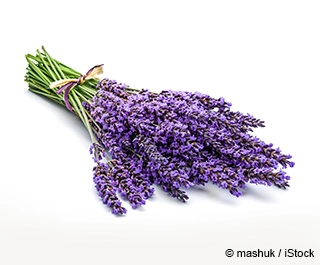
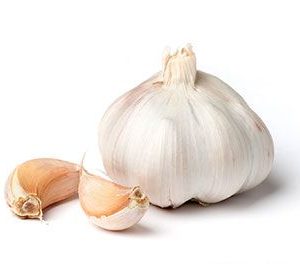
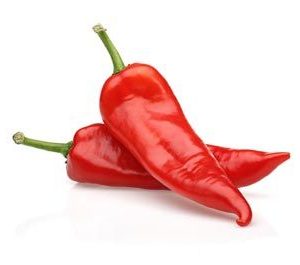
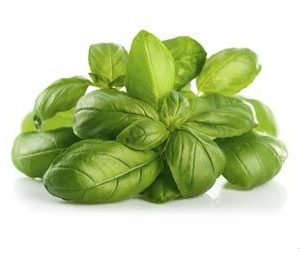
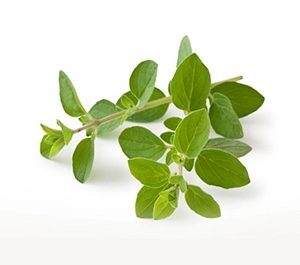
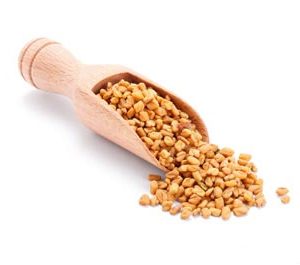
Reviews
There are no reviews yet.